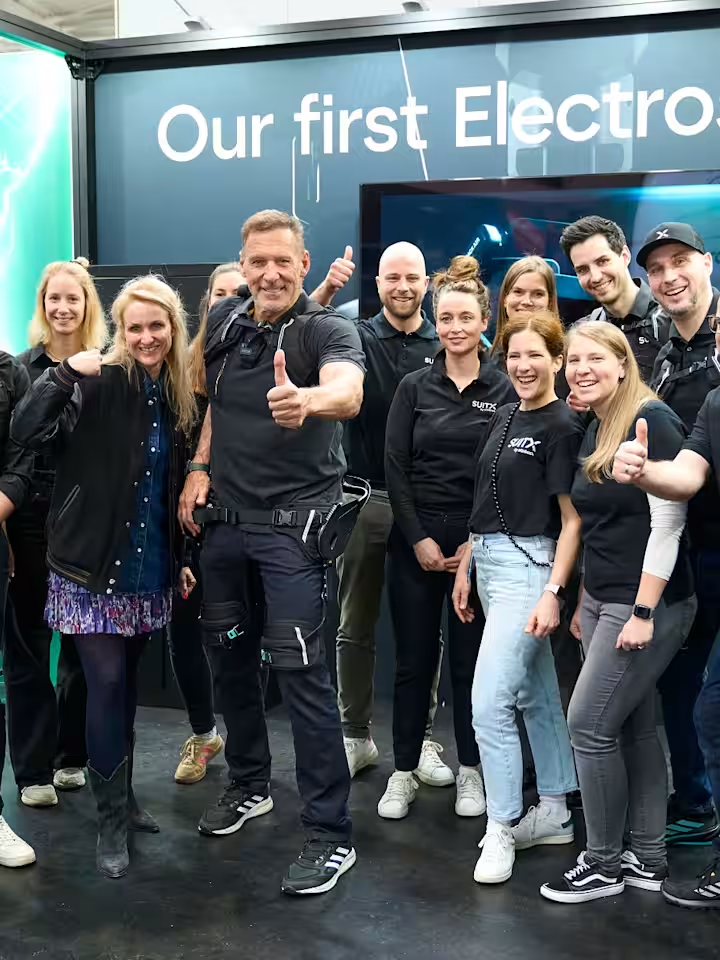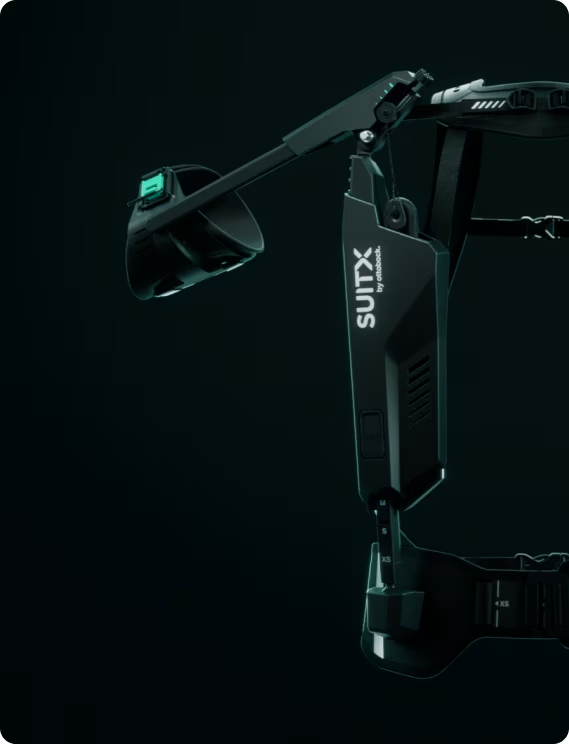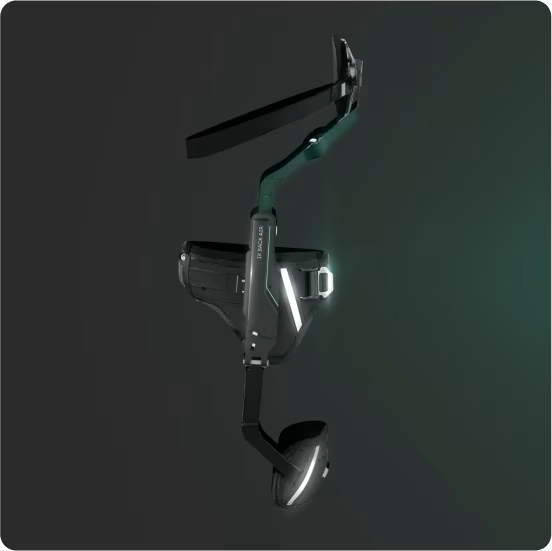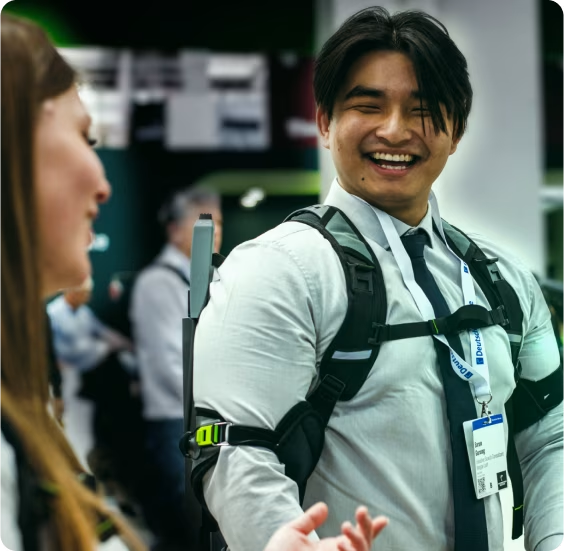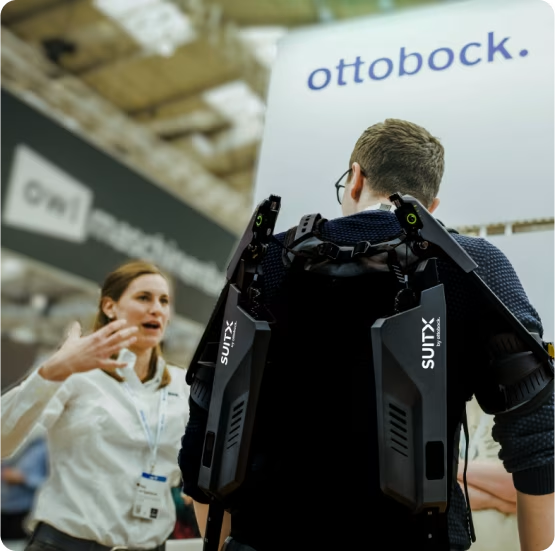What drives us
For more than a decade, SUITX has been committed to the mission of making everyday tasks in physically demanding workplaces easier through the development of 'wearables'.
Born out of the Human Engineering and Robotics Labratory at University of California Berkeley, SUITX's founders are comprised of Minerva Pillai, Ph.D., Wayne Tung, Ph.D., Michael McKinley, Ph.D., Logan Van Engelhoven, Ph.D., and Berkeley Professor Dr. Homayoon Kazerooni.
International powerhouse
Ottobock, a world-wide leader based in Germany with over 100 years of experience in the development and manufacturing of biomechanical and orthopedic products, has been researching innovative solutions to make workplaces more ergonomic, minimize physical strain and create healthier working conditions.
In 2021, the two companies joined forces to develop exoskeletons specifically for the prevention of musculoskeletal disorders in the workplace.
In partnership with Ottobock, SUITX develops highly efficient yet extremely lightweight exoskeletons, utilizing the distribution and marketing experience that Ottobock has in over 35 countries.

Future-oriented merger
Research and development are the cornerstones of SUITX. Creative engineers and designers, both in California and Europe, work closely together to develop innovative and truly groundbreaking exoskeletons. And the field of tasks is large, because not all application areas have been covered yet, where work-related strains could be alleviated and ergonomic postures corrected.
Your future at SUITX
We're expanding! Join our friendly team in revolutionizing workplace safety through global partnerships amd cutting-edge exoskeleton solutions.
Find job vacancies here: Jobportal Ottobock

2023
Red Dot Design Award for IX SHOULDER AIR for the best product design
2017
Gold for the Edison best newproduct award
2016
UAE Robotics for good competition
2017
BIG Innovations Chairman's Choice Awards
SUITX's quality, Management System earns ISO 13485 and ISO 9001 certifications
Join the Innovation
Are you interested in SUITX for your industry, customer markets or want to join forces with us? Let's get in touch. Please call us at +49 5527 848 1482 or send us the contact form.
